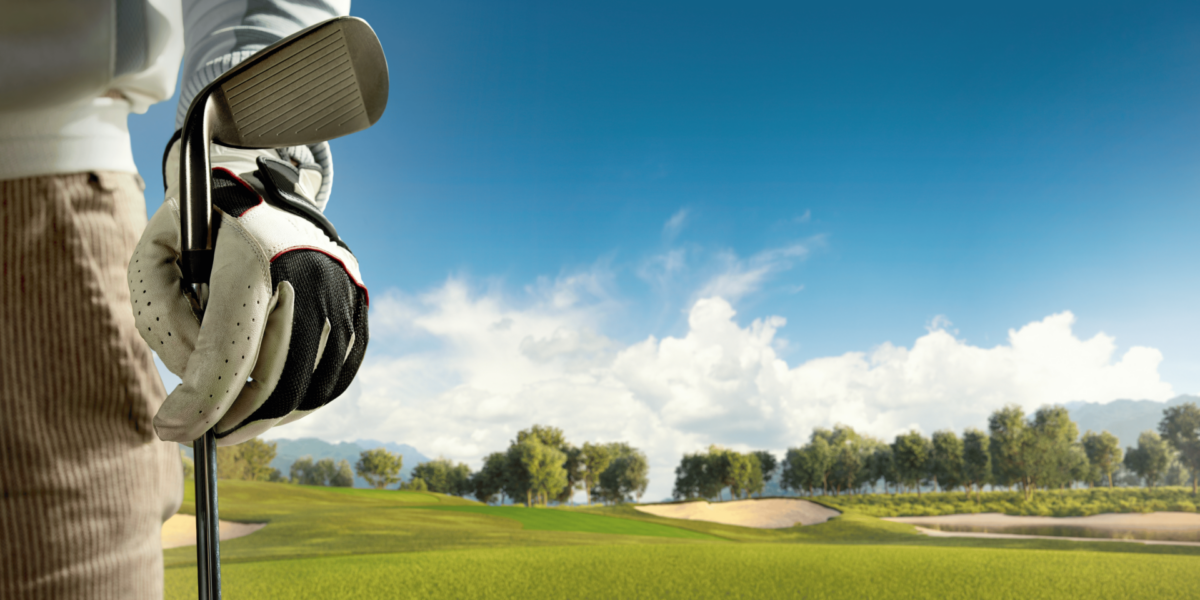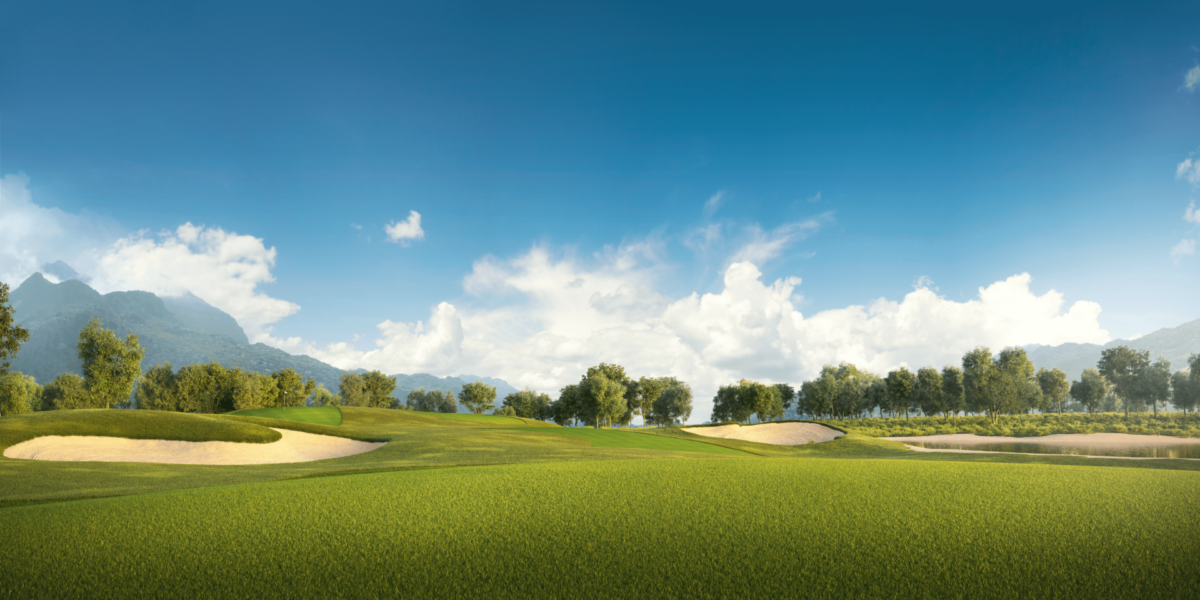Beaufort Golf Club offers more than just a place to play. Set in the heart of County Kerry, Ireland, the course weaves through land shaped by history. Every hole tells a story, and every swing feels connected to the past. As players walk the fairways, they follow paths once walked by those who lived on this land long before golf ever arrived.
A Landscape Built on Generations of History
The land beneath Beaufort Golf Club carries centuries of Irish heritage. Once part of the Churchtown Estate, the area still features stone walls, mature oak trees, and views of the MacGillycuddy’s Reeks. These natural and man-made features remain untouched, forming the course’s identity and linking it to its past.
Players moving between holes pass landmarks that were never added for design—they’ve always been there. A moss-covered wall crosses one fairway. A crumbled tower sits near the edge of another. The course was not just built on this land—it was shaped around what history left behind.
Course Layout Reflects Historical Terrain
The course follows the original contours of the estate, respecting the shape of the land instead of flattening or altering it. Fairways run along old carriage routes. Greens appear in natural clearings where livestock once grazed. Designers chose placement based on what already existed rather than forcing change.
On the 12th hole, a player stands on a raised tee that once served as a lookout point. From here, the view opens toward the Reeks, with a stream running along the right side. The terrain has defined this hole—not blueprints or digital renderings. Golfers learn quickly that strategy on this course depends on reading the land as it is, not how it could have been changed.
Walking the Fairways Feels Like Stepping Back in Time
Beaufort encourages walking, which deepens the connection to its heritage. Without the distraction of carts or artificial noise, players notice more—the sound of the wind through the trees, the feel of damp ground underfoot, the scent of turf. Each step reveals layers of history embedded in the land.
A golfer reaching the 9th green might pause beside an old gatepost, overgrown with ivy. It’s not marked on the scorecard, but its presence tells a quiet story. These details transform the round into a journey, not just from hole to hole, but from one era to another.
Heritage Shapes More Than Scenery
Beaufort’s historical roots go beyond the physical landscape. They shape the way the club operates. The course values tradition over technology. Staff and members treat the grounds as stewards, not owners. Their goal is not to modernize every aspect but to protect the character that makes the course special.
A visiting player might notice how tee boxes are maintained with hand tools or how certain rough areas are left to grow naturally. These choices don’t just reduce maintenance costs—they preserve the course’s identity. The club isn’t trying to keep up with trends. It’s focused on protecting what matters most.
Local Stories Enhance the Playing Experience
Throughout the round, players encounter reminders of Beaufort’s cultural history. Staff often share stories tied to landmarks on the course. These aren’t scripted tours or plaques—they’re passed down from those who know the land well. This oral history adds another layer to the round.
Imagine finishing a round and talking with a groundskeeper who explains that the old stone circle near the 15th tee was once used as a gathering place. Suddenly, that hole means more. It’s not just about par—it’s about place. Beaufort turns the game into something deeper by grounding it in real history.
Play That Demands Thought and Patience
The course’s heritage doesn’t just show in the scenery—it affects how the game is played. Older trees border fairways, and natural streams run across approach zones. These features require players to think carefully. The course doesn’t allow for shortcuts. Instead, it rewards strategy and control.
On the par-5 6th, a narrow landing zone makes long drives risky. A player chooses to lay up near a dip in the fairway, setting up for a controlled second shot. The smart play isn’t about distance—it’s about knowing the land and respecting how it’s shaped each hole over time.
Natural Weather Patterns Add to the Challenge
The setting beneath the Reeks means the course often sees changing weather conditions. Morning fog, sudden rain, or a cold breeze rolling off the mountains can all appear during a single round. Players learn to adapt quickly, adding another layer of realism to the game.
As a player lines up a putt on the 17th, a light drizzle begins. The green becomes faster. The putt requires a lighter touch, and the line must account for surface moisture. These shifts make the course feel alive, always changing, always offering a new test.
The Clubhouse Connects Golf to Community
After the round, the clubhouse brings everything together. Built with local materials and designed to reflect traditional Irish architecture, it feels like part of the landscape. Inside, players gather not just to eat or drink but to share stories and connect.
The atmosphere feels different from that of a commercial resort. There’s a quiet pride in the air. Locals speak of the course with respect. Visitors feel welcome without being sold to. The clubhouse isn’t just an add-on—it’s a space where past and present meet.
Preserving Beaufort’s Legacy Through Golf
Beaufort Golf Club does more than honor history—it keeps it alive. By maintaining the original layout, protecting local features, and preserving cultural stories, the club ensures that each round remains rooted in something real. Players don’t just remember their scores—they remember the setting, the silence between shots, and the sense that they were part of something lasting.
In today’s world of fast upgrades and artificial luxury, Beaufort offers something rare: a golf course that respects its past without clinging to it. It evolves naturally, shaped by those who care deeply about its future.
A Round That Goes Beyond the Game
Golf at Beaufort is not about modern spectacle. It’s about stepping into a living history shaped by land, people, and time. The fairways do more than guide players—they connect them to centuries of life in this region. Every hole plays differently, not just because of its design, but because of its story.
A round here stays with you. Not for how many birdies you made, but for how you felt walking in the footsteps of history. Beaufort’s heritage fairways are not just part of the course—they are the course.

